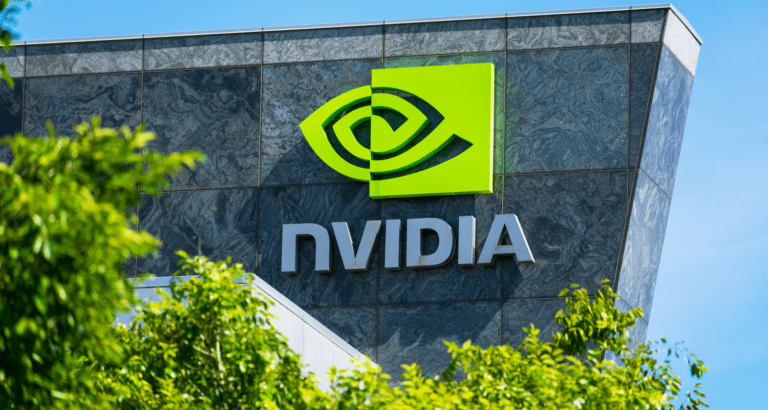The new Linux models promise to greatly benefit Linux distribution providers.
NVIDIA is openly publishing Linux GPU kernel modules with a dual GPL/MIT license, starting with the R515 driver. The source code for these kernel modules can now be found in the NVIDIA Open GPU Kernel Modules repo on GitHub.
The company announced the release in a blog post. “This release is a significant step toward improving the experience of using NVIDIA GPUs in Linux. It brings tighter integration with the OS and allows developers to debug, integrate and contribute back.”
For Linux distribution providers, the open-source modules increase ease of use. “They also improve the out-of-the-box user experience to sign and distribute the NVIDIA GPU driver”, said the company. Canonical and SUSE are able to immediately package the open kernel modules in Ubuntu and SUSE Linux Enterprise distributions.
“Developers can trace into code paths and see how kernel event scheduling is interacting with their workload for faster root cause debugging”, Nvidia wrote. “In addition, enterprise software developers can now integrate the driver seamlessly into the customized Linux kernel configured for their project.”
For datacenter GPUs in the NVIDIA Turing and NVIDIA Ampere architecture families, the code is production-ready.
Red Hat weighs in
Red Hat director Christian Schaller commented on the new release in a blog post. He said that kernel maintainers had been meeting with Nvidia for the past month.
“This is only the kernel part. A big part of a modern graphics driver are to be found in the firmware and userspace components, and those are still closed source”, Schaller wrote. “Nevertheless, it does mean that we now have an Nvidia kernel driver that will start being able to consume the GPL-only APIs in the Linux kernel”, he said, adding that this initial release doesn’t consume any APIs the old driver wasn’t already using.
“In the long term, we will hopefully be able to get Intel’s and AMD’s out-of-the-box functionality for Nvidia hardware. That means day 1-support for new chipsets, a high-performance open-source Mesa driver for Nvidia and the possibility to sign the Nvidia driver alongside the rest of the kernel to enable things like secure boot support.”
Tip: Linux Foundation publishes list of most popular open-source libraries
